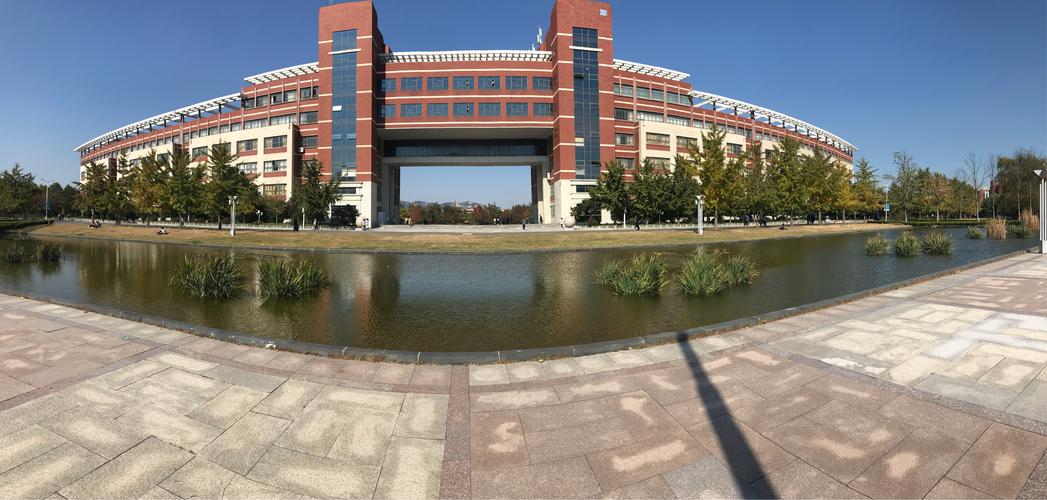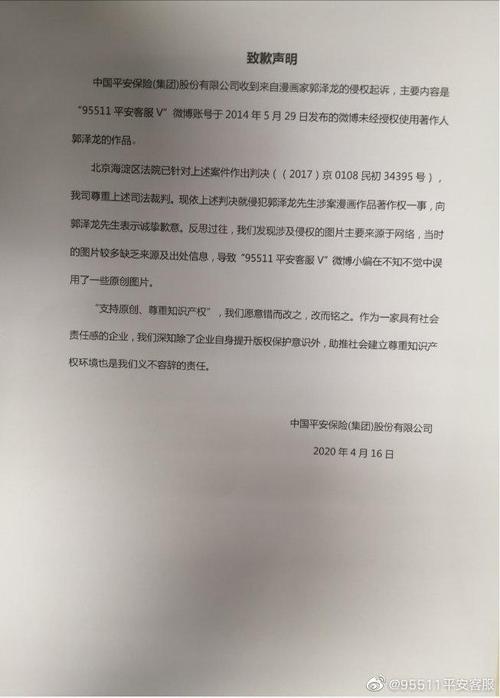**Exploring the World of Film: "Love Letter" in English**
**Introduction to "Love Letter":**
"Love Letter" is a Japanese film directed by Shunji Iwai, released in 1995. It tells a poignant story about love, loss, and the interconnectedness of people's lives. The film gained international acclaim for its emotional depth and visual storytelling. Translating the essence of such a film into English requires attention to detail and sensitivity to cultural nuances. Here, we'll delve into the intricacies of translating "Love Letter" into English, considering linguistic choices, cultural context, and the preservation of the original narrative's essence.
**Cultural Context:**
Understanding the cultural backdrop of "Love Letter" is crucial for an accurate translation. The film's setting in Japan shapes its characters' behaviors, societal norms, and emotional expressions. When translating cultural-specific elements, such as customs, manners, or idiomatic expressions, it's essential to convey their meaning effectively in English without losing their cultural significance. For instance, the concept of "kokuhaku" (confession of love) is central to the film and requires careful translation to ensure its emotional impact resonates with English-speaking audiences.
**Linguistic Choices:**
Translating dialogue and monologues involves making linguistic choices that capture the characters' personalities and the mood of the scene. "Love Letter" is known for its lyrical dialogue and introspective moments, which must be rendered in English while maintaining their poetic essence. Translators may opt for language that evokes similar emotions and imagery to the original Japanese, employing metaphors, similes, and other literary devices to convey depth and nuance.
**Preserving Emotional Resonance:**
One of the challenges in translating "Love Letter" is preserving its emotional resonance across languages. The film's themes of love, longing, and grief are universal, yet the way they are expressed may vary between Japanese and English. Translators must strive to convey the same emotional intensity and authenticity in the English version, ensuring that viewers connect with the characters' experiences on a profound level.
**Translating Poetic Elements:**
"Love Letter" incorporates poetic elements such as letters, diary entries, and lyrical prose, which pose unique challenges for translation. Translators must balance fidelity to the original text with the need to create compelling English-language equivalents. This may involve adapting the form or structure of the text to maintain its aesthetic appeal while staying true to the narrative's essence. Attention to rhythm, cadence, and imagery is crucial in conveying the beauty of the original language in English.
**Adapting Cultural References:**
Cultural references play a significant role in "Love Letter," enriching the narrative with layers of meaning that may not directly translate into English. Translators must decide how to handle these references, whether to retain them as-is, provide explanatory notes, or replace them with equivalents familiar to English-speaking audiences. Balancing authenticity with accessibility is key to ensuring that viewers grasp the cultural context of the film without feeling alienated by unfamiliar references.
**Conclusion:**
Translating "Love Letter" into English requires more than linguistic proficiency—it demands a deep understanding of the film's themes, characters, and cultural context. By carefully navigating the intricacies of language and culture, translators can create an English version that captures the beauty and poignancy of the original Japanese film. Through thoughtful linguistic choices, preservation of emotional resonance, and adaptation of cultural references, "Love Letter" can continue to touch the hearts of audiences around the world, transcending linguistic and cultural barriers.

免责声明:本网站部分内容由用户自行上传,若侵犯了您的权益,请联系我们处理,谢谢!联系QQ:2760375052










